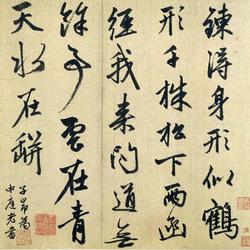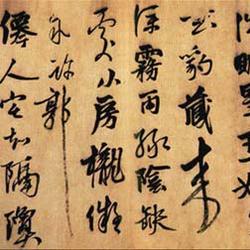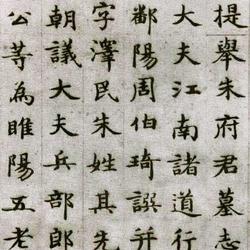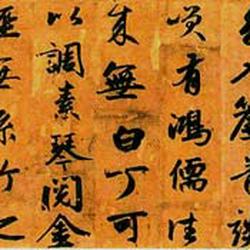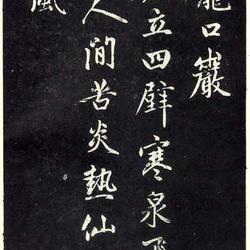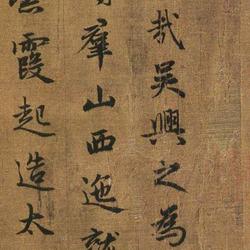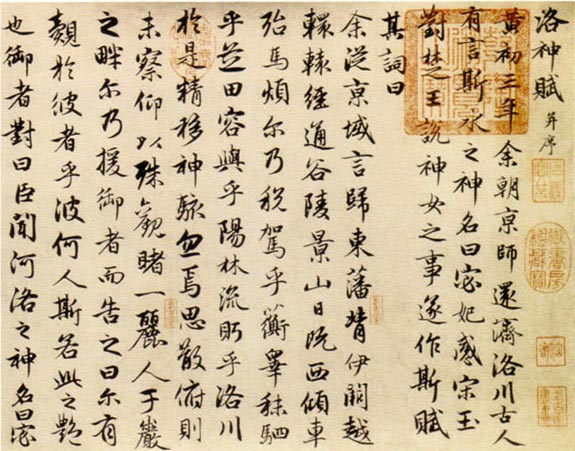
"Luo Shen Fu" volume, paper, running script, length 29cm, width 220.9cm. Collection of the Palace Museum, Beijing
There are 80 lines in the whole volume, and the last signature is "Zi Ang". Later, Yuan Yuan was born in Qiaoshan (Li Ti), Gaoqi in the Ming Dynasty, and postscripts were written by Wang Duo and Cao Rong in the Qing Dynasty. Wang Duo, who was across the water in front of him, wrote another inscription "Wu Zi May".
This volume of "Luo Shen Fu" is Zhao's representative work in running script. The combination of regular script and stippling in the lines deeply inspired the two kings, especially the charm of Wang Xianzhi's "Luo Shen Fu", which is a beautiful and free style. Such as the correct and well-proportioned structure, the graceful and unrestrained character posture, the round and smart brushstrokes, the dense and sparse layout, etc.; at the same time, it also presents its own pursuit, such as plump pointillism, light continuous strokes, and restrained movement while being elegant. The sharp edge and the graceful and undulating momentum all show his artistic characteristics of drawing on the strengths of others and becoming a self-contained entity. Therefore, later scholars commented on this volume in the following way. Li Ti said: "Da Ling is good at writing Luo Shen Fu. There are several copies in the world, but it is a pity that we have not seen all of them. There is not a single stroke of this Songxue book that is illegal, and it is covered by the Lanting Fei version. Those who can write it with the wrist can buy the king and get the sheep." Gao Qiyun: "The Duke of Zhao Wei wrote the Luo Shen Fu in cursive. Although his method was used by the Wang family and his son, if he can write freely, he has a unique natural interest, so his body style is free. , It’s really like seeing a dragon floating in the smoke.”
There are 37 seals in this volume, which were recorded in Bian Yongyu's "Research on Calligraphy and Painting in Shigutang" and "Shiqu Baoji" of the Qing Dynasty.

